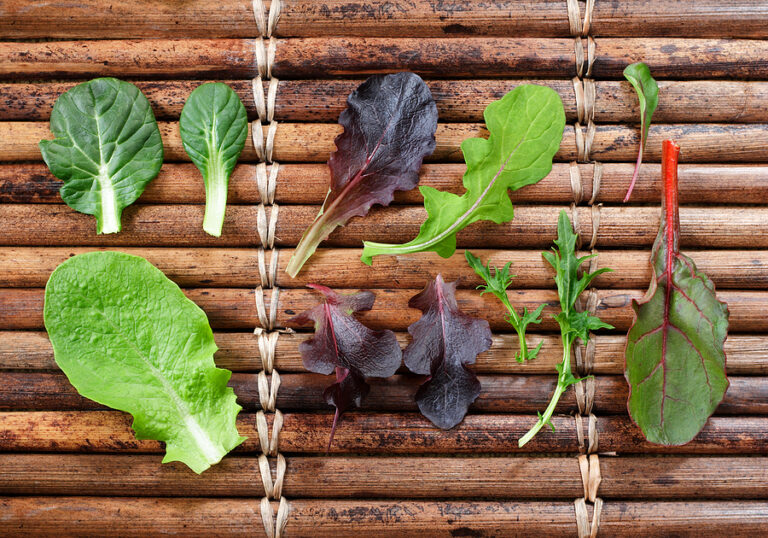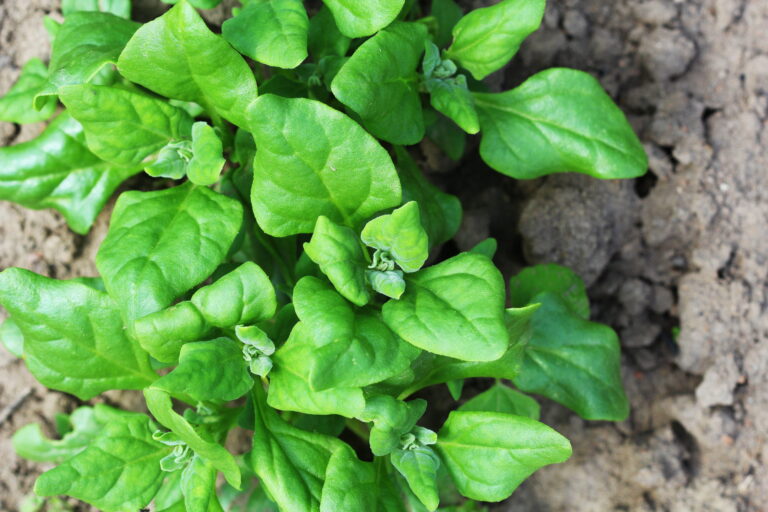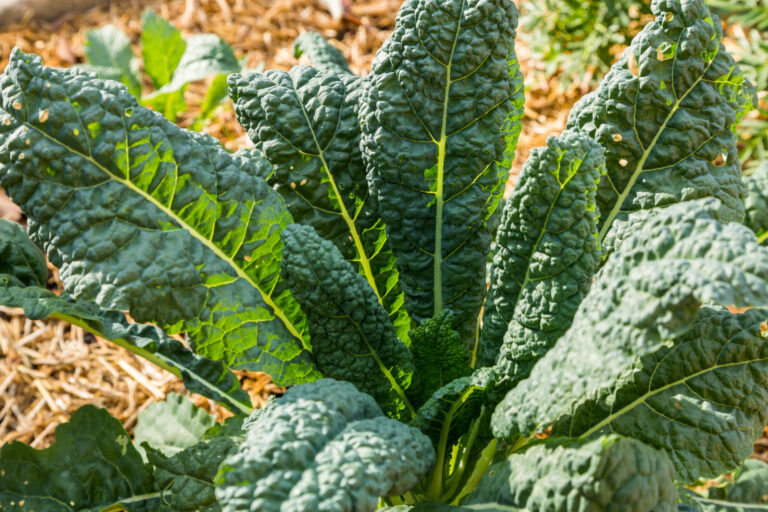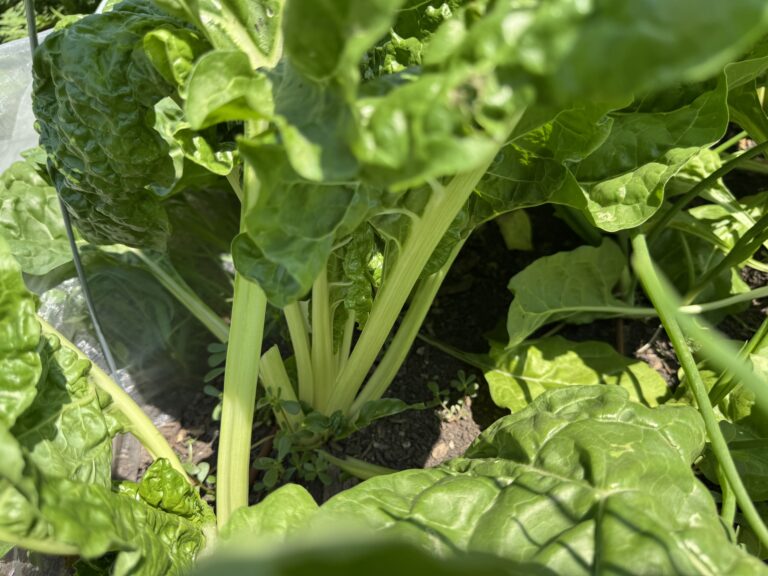When to Plant Kale for Fall, Winter, and Spring Harvests
After more than 30 years of growing kale in different regions—from the cool coastal zones of California to the hot inland valleys—I’ve learned that timing is everything for a steady supply of tender, flavorful leaves. Whether you want to harvest in fall, winter, or spring, your planting date can make the difference between lush, sweet kale and tough, bitter leaves.
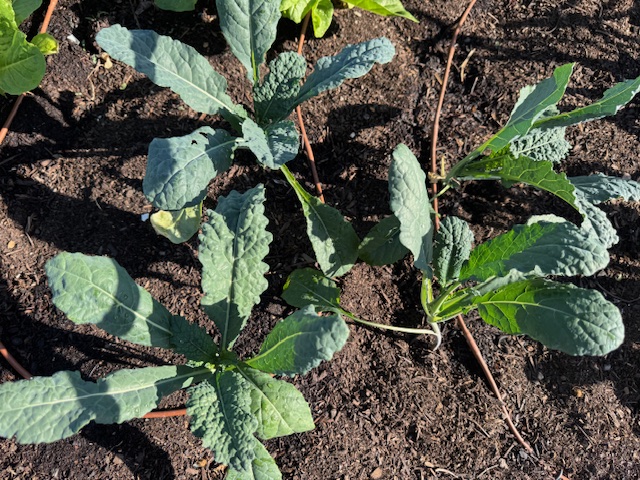
Understanding Kale’s Growth Cycle
Kale is a cool-season crop that thrives in temperatures between 55°F and 75°F. While it can survive light freezes (and even improve in flavor after frost), heat causes it to grow quickly and bolt, reducing leaf quality.
Planting for a Fall Harvest
- When to plant: 6–8 weeks before your first expected frost.
- Why: This allows plants to mature as temperatures cool, which enhances sweetness.
- My tip: In my inland valley garden, I sow seeds in late August under 30% shade cloth to avoid heat stress, then remove the cover as nights cool.
- Varieties to try: Red Russian, Winterbor, Lacinato.
Planting for a Winter Harvest
- When to plant: In zones 7 and warmer, plant in late September to October for steady winter harvests. In colder zones, plant in midsummer so plants are established before frost arrives.
- Why: Mature plants can overwinter and produce slowly through cold months.
- My tip: In my Zone 9 winter garden, I’ve picked leaves for holiday meals from plants that survived frost without protection.
- Varieties to try: Winterbor (extremely cold-hardy), Dwarf Blue Curled, Redbor.
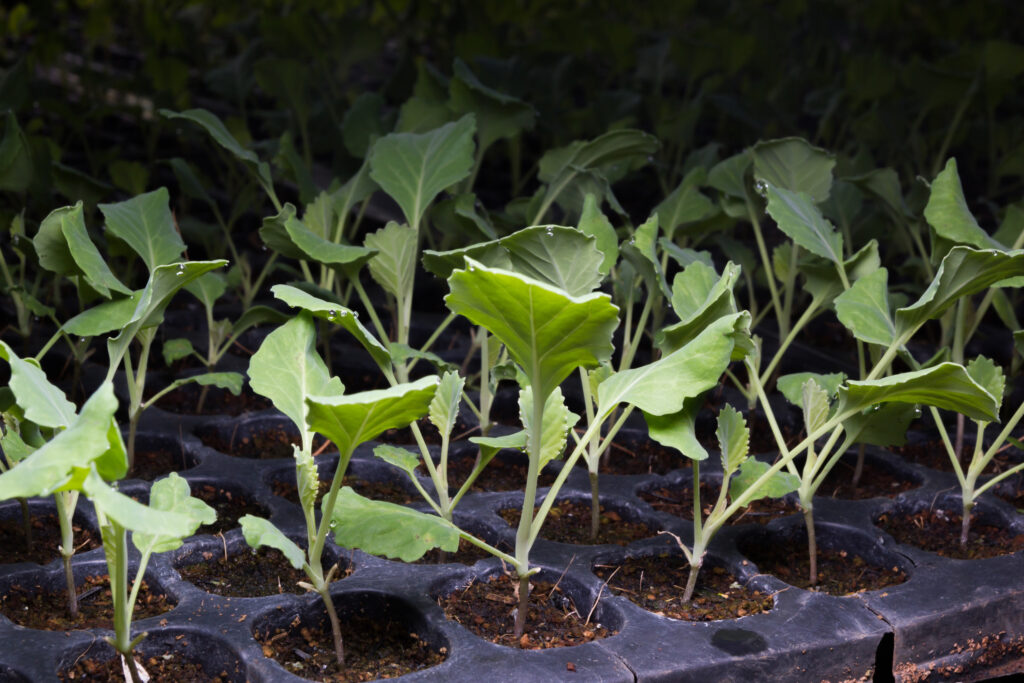
Planting for a Spring Harvest
- When to plant: Sow seeds 4–6 weeks before your last expected frost date, or start indoors 6–8 weeks before transplanting.
- Why: Early planting ensures tender leaves before summer heat arrives.
- My tip: In my mild spring garden, I start seeds in flats in late January and set them out in mid-February for April harvests.
- Varieties to try: Premier, Siberian, Lacinato.
Extra Tips for Year-Round Kale
- Succession planting: Sow small batches every 3–4 weeks for continuous harvests.
- Mulching: Retains soil moisture and keeps roots cool.
- Pest watch: Keep an eye out for cabbage worms early in the season.
Final Thought: By matching your planting schedule to the season and your local climate, you can enjoy kale’s rich flavor and nutrition almost all year long. I’ve harvested kale in every season by simply adjusting my sowing dates and variety choices—you can do the same.
🥬 Kale Learning Hub
Start here: The Ultimate Kale Growing Guide: From Seed to Harvest
1. Types and Varieties of Kale
- Different Types of Kale Explained: Curly, Flat, Russian & Tuscan
- Best Kale Varieties for Different Climates
2. Planting and Timing
- Kale Seed Starting Tips
- When to Plant Kale for Fall, Winter, and Spring Harvests
- Succession Planting Kale for a Continuous Harvest
- How to Space and Thin Kale for Maximum Yield
- Zone-by-Zone Kale Planting Calendar
3. Seasonal Growing
- How to Grow Kale in Cold Climates and Overwinter Successfully
- Can You Grow Kale in Summer? Tips for Heat-Stressed Plants
4. Care and Maintenance
- How Much Water Does Kale Need? A Watering Guide
- How to Fertilize Kale for Lush Leaf Growth
- Best Companion Plants for Kale (And What to Avoid)
- How to Prune Kale for Continued Production
5. Container Gardening
6. Pests and Diseases
7. Harvest and Storage
- How to Harvest and Store Kale
- How and When to Harvest Kale Leaves for Best Flavor
- Tips for Extending Kale Harvest Through the Season
8. Kale in the Kitchen



